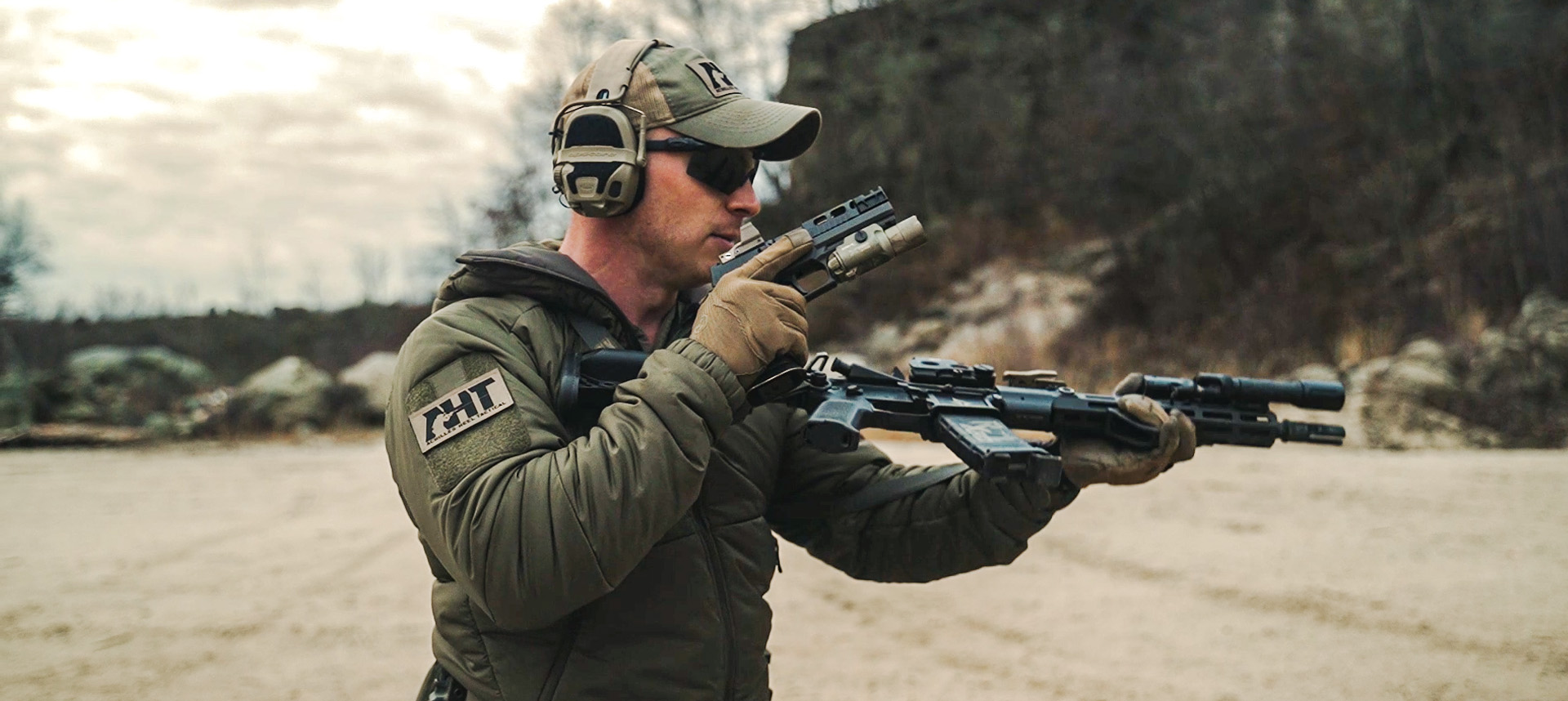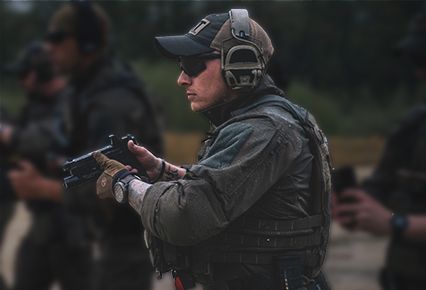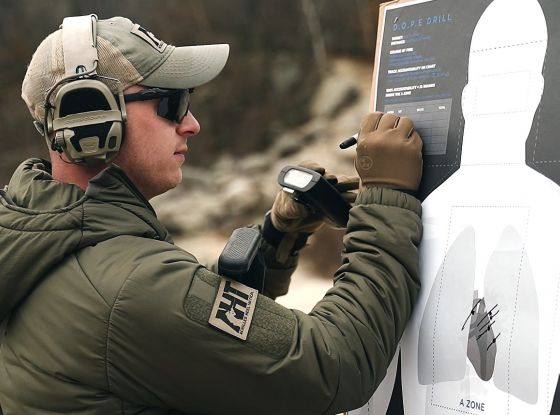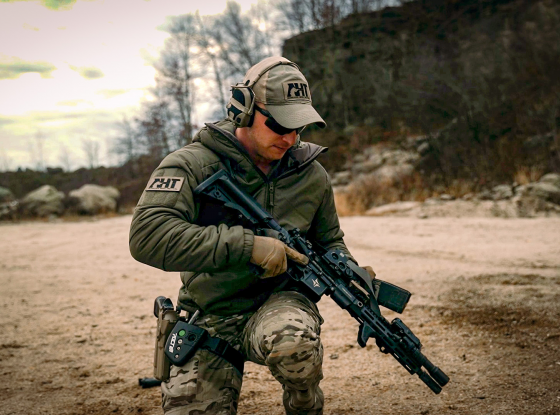Imagine trying to defend yourself at gunpoint from an attacker, only to realize that your rifle has suddenly jammed. In this blog post, we’ll walk you through how to quickly and safely transition from rifle to pistol and recovery.
In this blog post:
When you’re in a life-and-death situation, you need to be able to quickly switch over to your sidearm to keep yourself and those around you safe. But there’s one thing you need to know: how you get to your secondary gun will greatly influence how your encounter turns out. You can either move fast or be too slow to make a difference.
Before You Get Started
Even if you’re new to carbine fundamentals, there’s no need to worry — transitioning from one weapon to another is simple to understand. But before getting started, it’s important to know how to get your gear together.
The first thing you’ll need is your rifle and a pistol for your sidearm to take with you to a firing range. Make sure that you have enough ammo for your weapons along with magazines, a sling and a holster for your rifle and pistol respectively, and anything else you may want to bring, such as body armor, pouches, or tactical clothing.
It’s also best to bring an experienced friend or an instructor along to the firing range; after all, you’ll need someone to issue commands to fire and observe your technique.
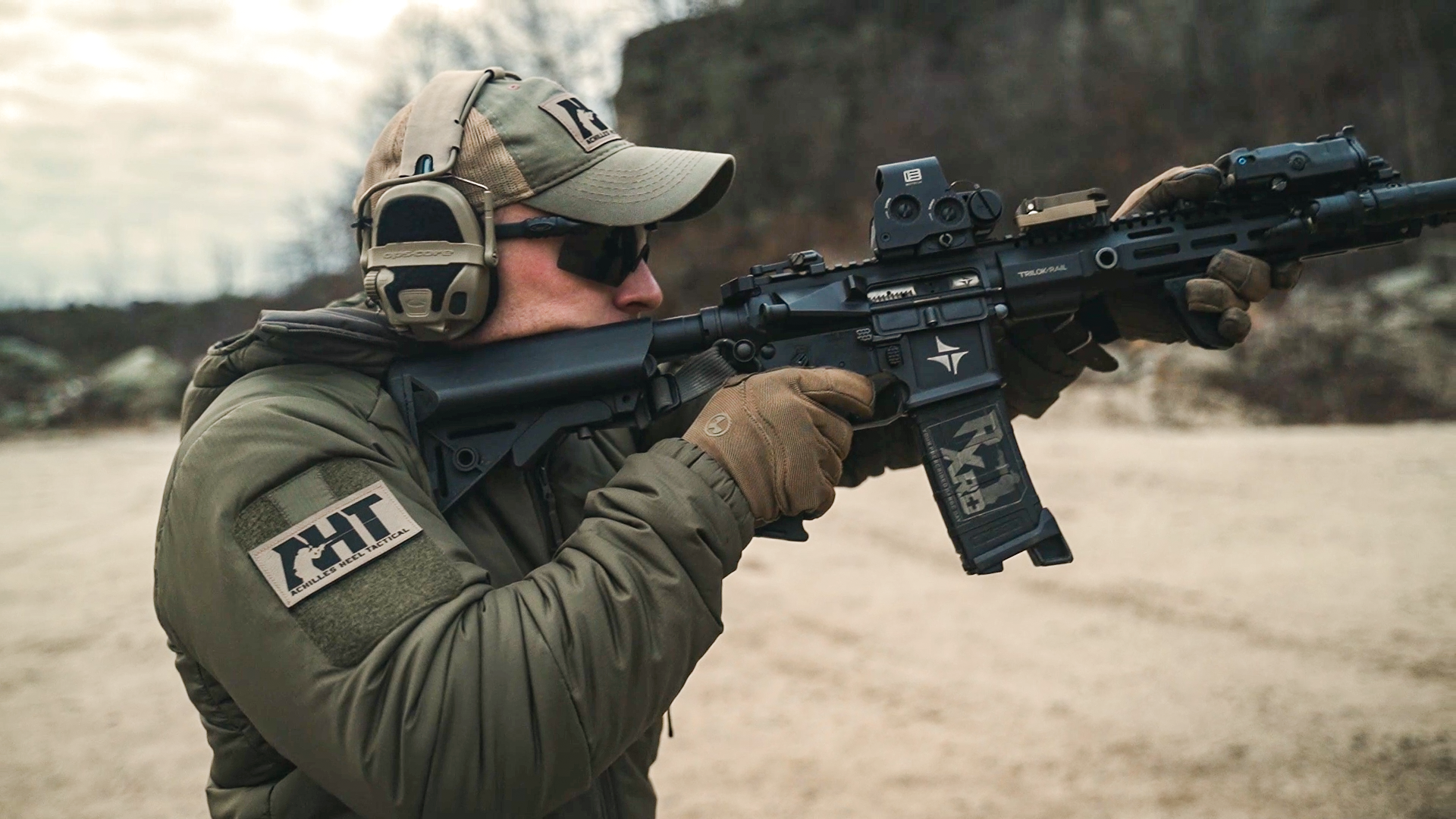
A Simple Reminder
When you first perform this drill, start off by firing each weapon at a slower pace — half of your normal speed should be enough. Your goal at the start of this exercise is to gain a consistent pace while memorizing the mechanics of transitioning through your weapons.
As you become more proficient, your speed will increase, and you’ll be able to repeat the steps faster in the long run. Just be sure to put these practices to work on a regular basis. Before you reap the benefits of this drill, you’ll need to train for a minimum of one week or more; even if it takes you a while, you can be sure that the results will be worth your time.
Weapons Transitioning Practice
When you start your transitioning practice, the first thing you need to do is to find the most efficient economy of motion. In order to set up a transition, you first need to identify why you’re transitioning.
You can begin by taking an empty magazine to simulate that you’ve just run dry rather than going for an emergency reload.
When deciding to transition rather than reload, it’s important to be able to gauge the following factors:
1. The target’s size
2. Your distance from the target
3. Your overall skill level
4. Your skill level at that distance
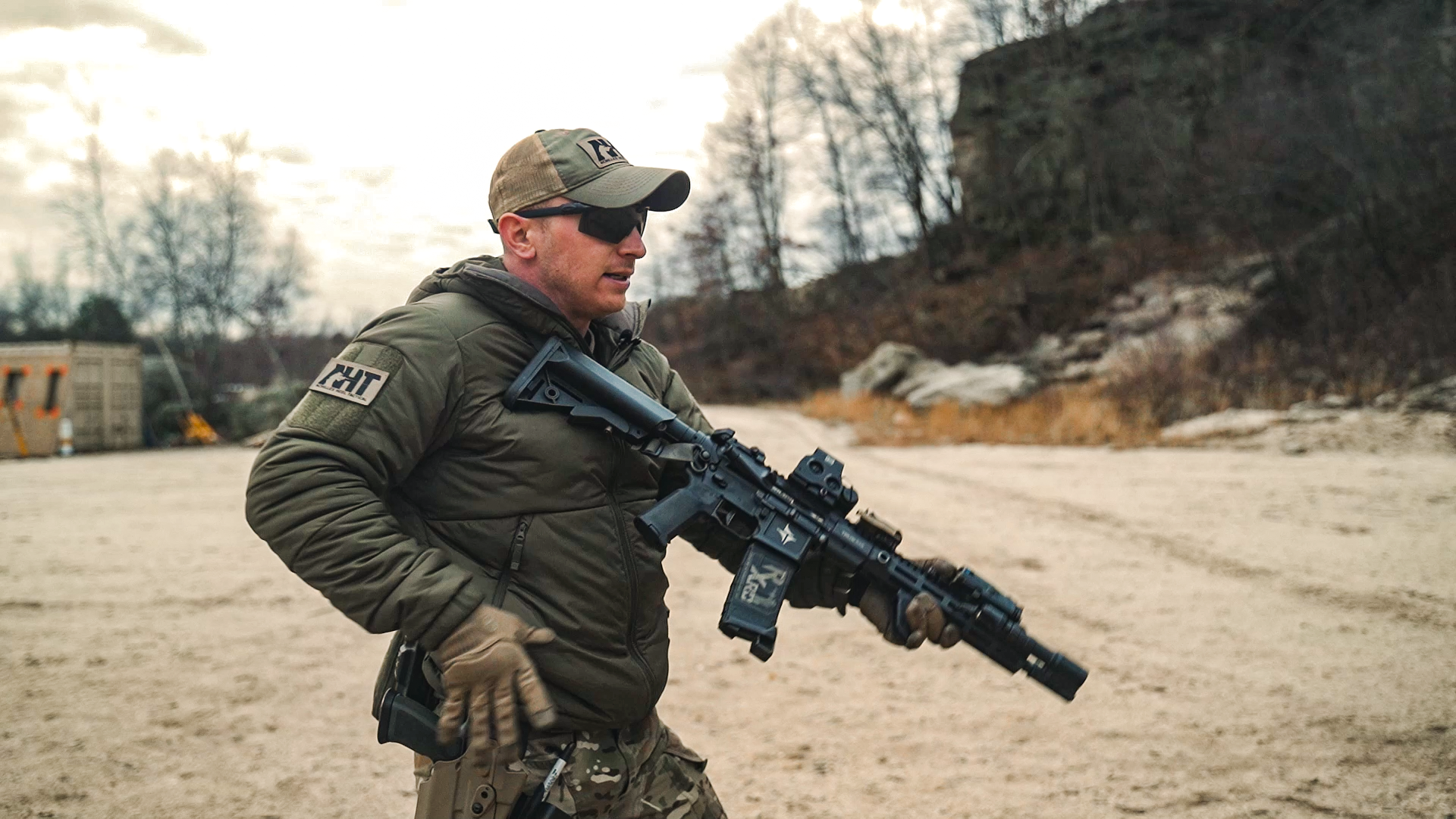
Essential Tips for Engagement
When you come up to fire, be sure to feel for the light and reduced recoil. Quickly separate your dominant side hand from the gun while using your non-dominant side hand to guide your rifle straight down your body.
This is where you can establish your transition over to your pistol using one hand while dropping your rifle with the other hand. Once you have a hold of your pistol, drive it straight out and now you can take the initiative to pause and figure out what works.
You can also perform a tactical reload for your secondary weapon before you fix your primary weapon. Now, you can bring your primary weapon back up. Be sure to observe whether you have an empty chamber, and don’t be hasty when it comes to putting your weapon back.
If your secondary weapon has a tactical light attached, you can use it to identify whether your primary weapon has an empty chamber, which is especially useful for encounters at night. Once you’re able to confirm that you have an empty chamber, you’ll be able to fix the problem.
Now is the time to stow the pistol and fix the rifle — be sure to set everything up in full motion. Remember that setting up this transition is exactly like setting up for a reload, so start by emptying magazine in the chamber.
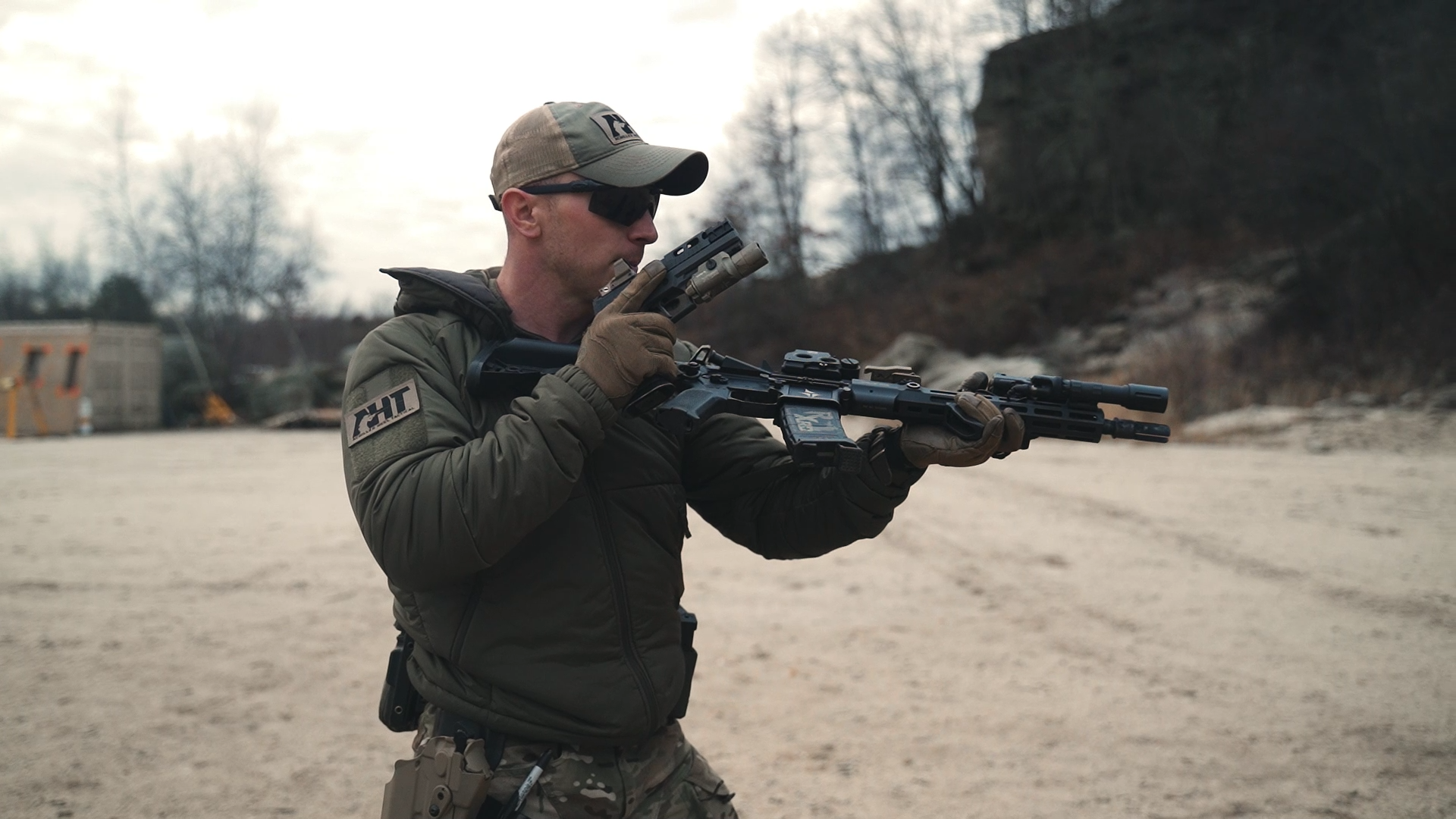
Once you get the signal, come up to your target and fire one bullet, then quickly transition over to your pistol to fire three shots. Be sure to pause, recover the rifle, and observe the antechamber before stowing your pistol away and fixing your rifle.
After you do this, the weapon can go back on safe. This will allow you to see the consistency that you can build from using both reloads and transitions. You’ll also see that you aren’t taking extra time or adding any extra steps to manipulate the safety.
Transitions Recovery
You might be wondering why some people will take a pregnant pause during the transition. The reason for this is that it’s the only weapon system that works — if you had to switch to a secondary weapon system and needed to engage with it, you can do so by taking some extra time to do a tactical reload.
This is currently the only weapon system that works; you can start by bringing up your primary weapon and identifying what’s wrong with it when you have the time and space. Next, you can stow the pistol, fix your rifle, and put the weapon back on safe once you’re done with it.
Other Rifle Fundamentals
If you find yourself inside an actual shooting situation where your weapon won’t fire, you may need to execute a tactical reload for your secondary weapon. However, you should only do this if you have enough time and genuinely think that it’s necessary.
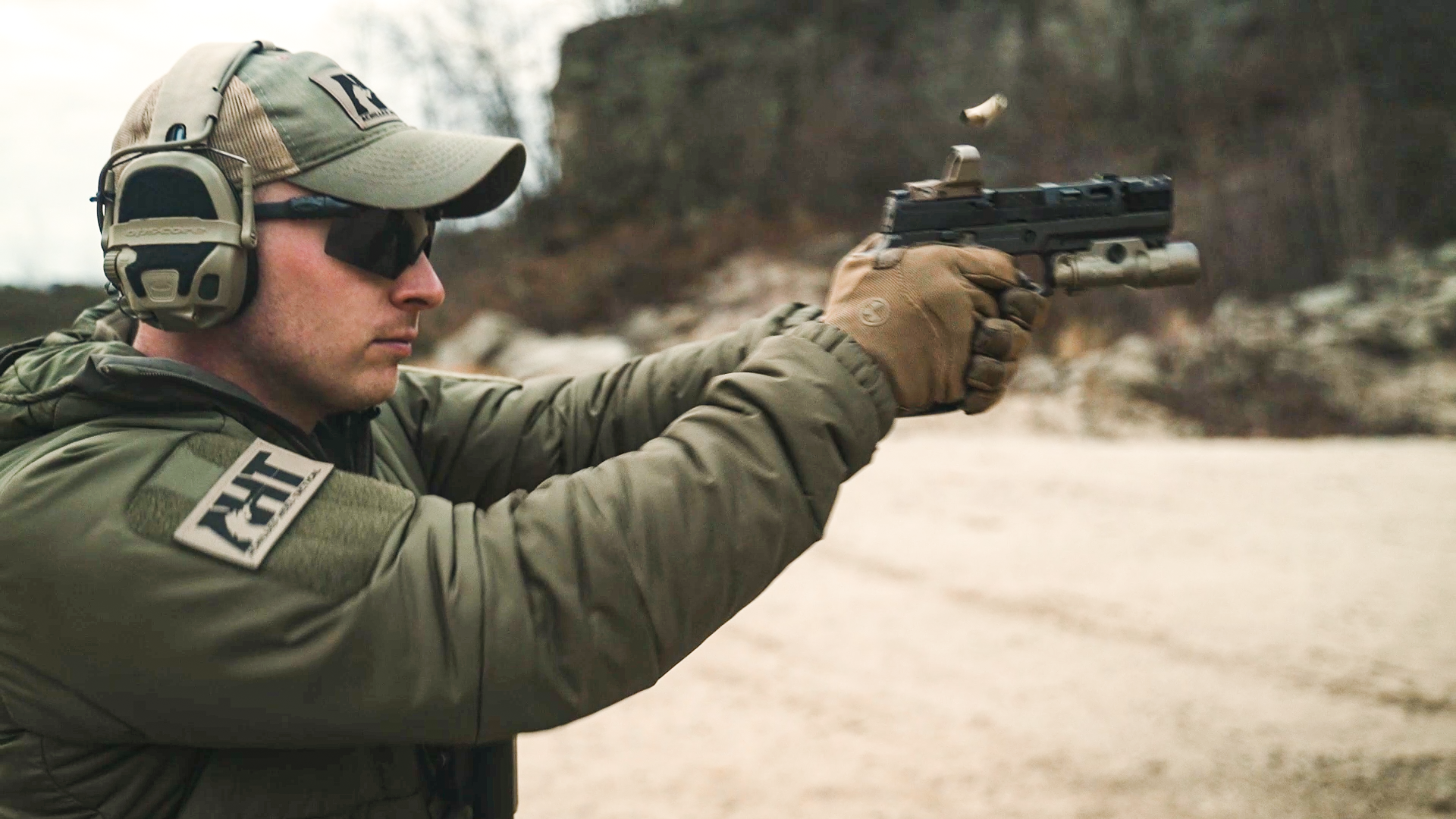
At times when an enemy takes cover and isn’t returning fire, the best thing to do next is to examine your primary weapon quickly and figure out why it may have stopped working. Let’s say that you emptied the magazine; to examine your primary weapon, raise it using your support-side hand.
Get it up as much as you can to let you see what might be the problem. At the same time, make sure that the handgun is up and ready while examining your rifle so that you can swiftly open fire should the need arise.
If we keep following this example, the problem lies in the rifle’s empty magazine. Once you confirm that this is the case, be sure to holster your secondary weapon to ensure that your dominant hand is free.
You will also need this hand to get a brand new magazine from your pouch, which you’ll then need to insert into the rifle you’re using. Be sure to keep your rifle up while ejecting and fill in the empty magazine.
Now, you can bring your rifle up to your shoulders in a ready-to-fire position. Before anything else, scan your surroundings from side to side to assess the situation so you can respond as necessary.
Conclusion
To make sure that you prevail over any opponent, you need to be able to transition from your primary weapon to your secondary weapon efficiently and swiftly, and ideally get back to your primary once you have it in working condition.
The right weapon transitioning skills are necessary to ensure your safety should you need to engage an armed criminal. Whether you need to perform an emergency reload or want to quickly switch from your primary to your secondary weapon, learning how to transition between your weapons can save lives — including yours.

